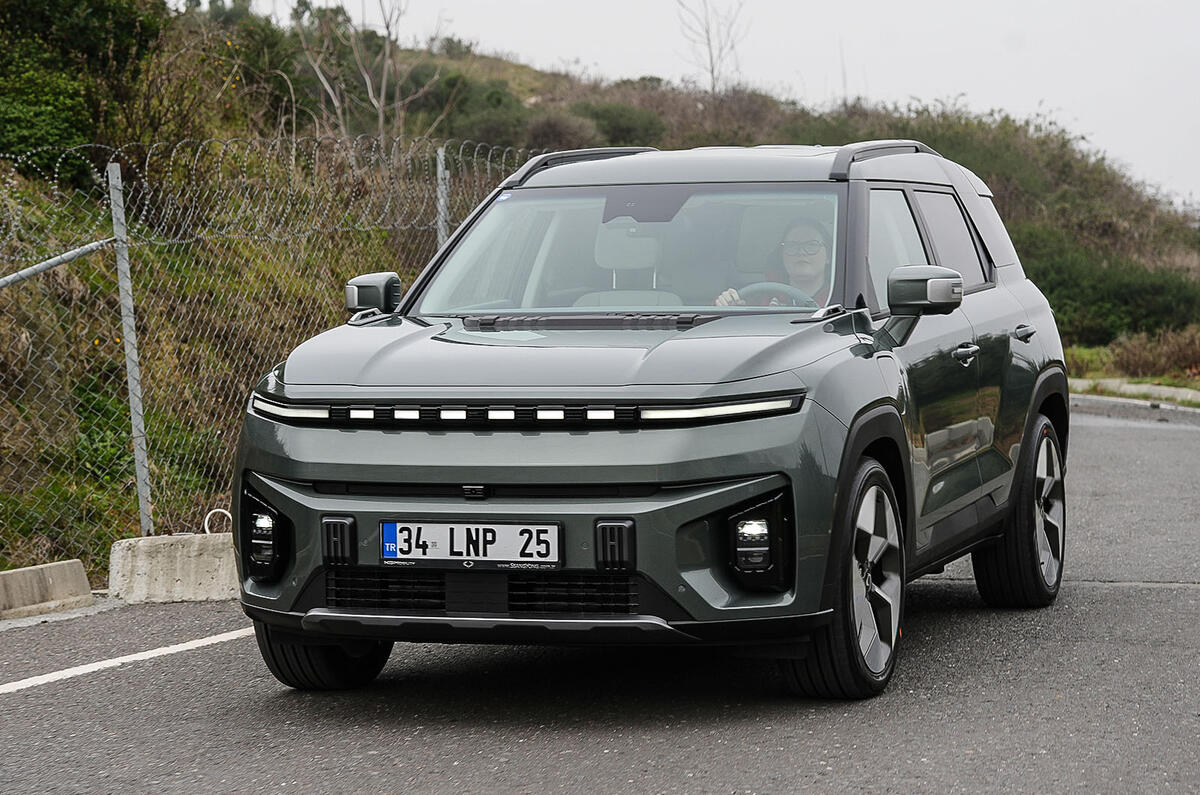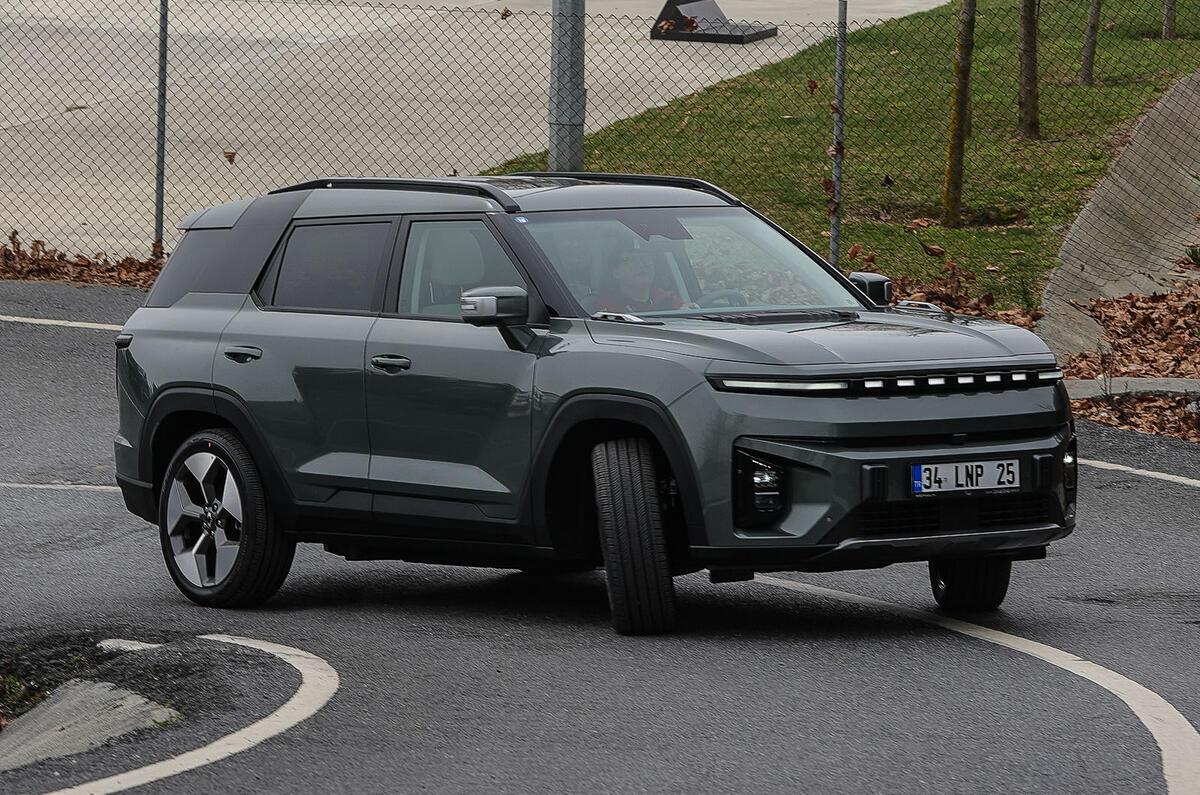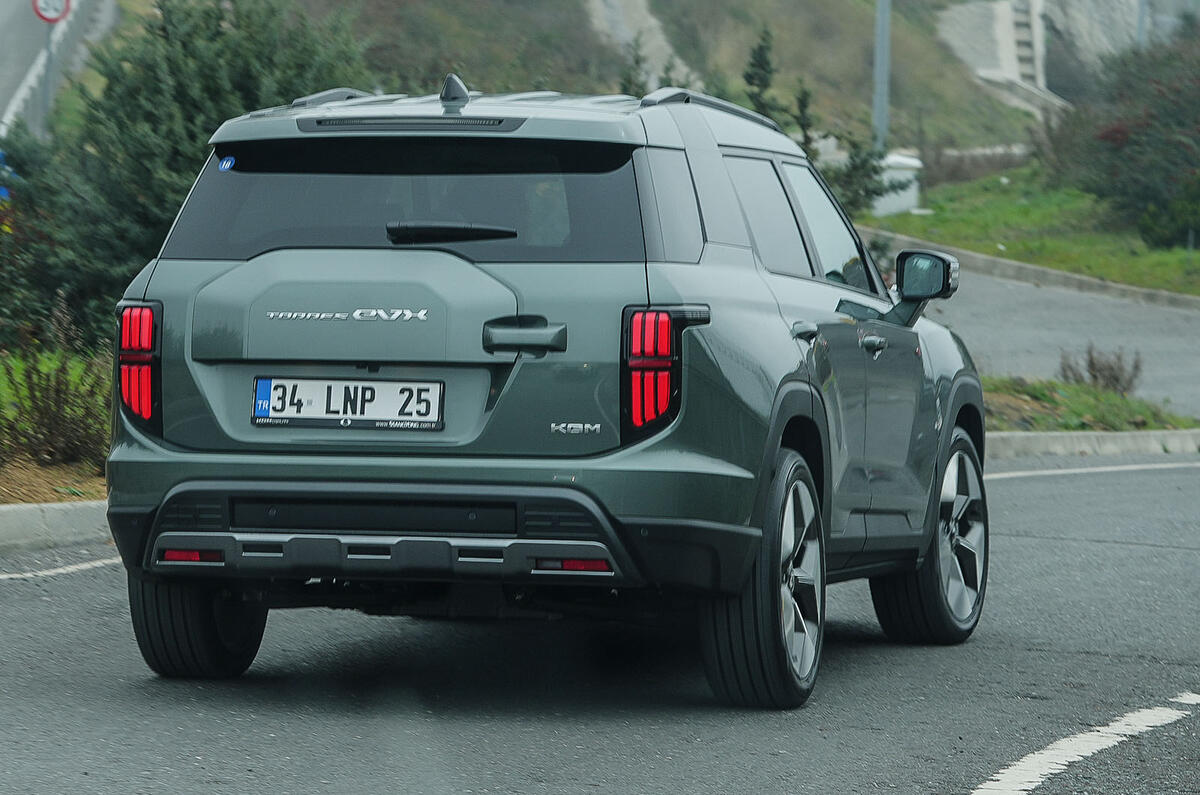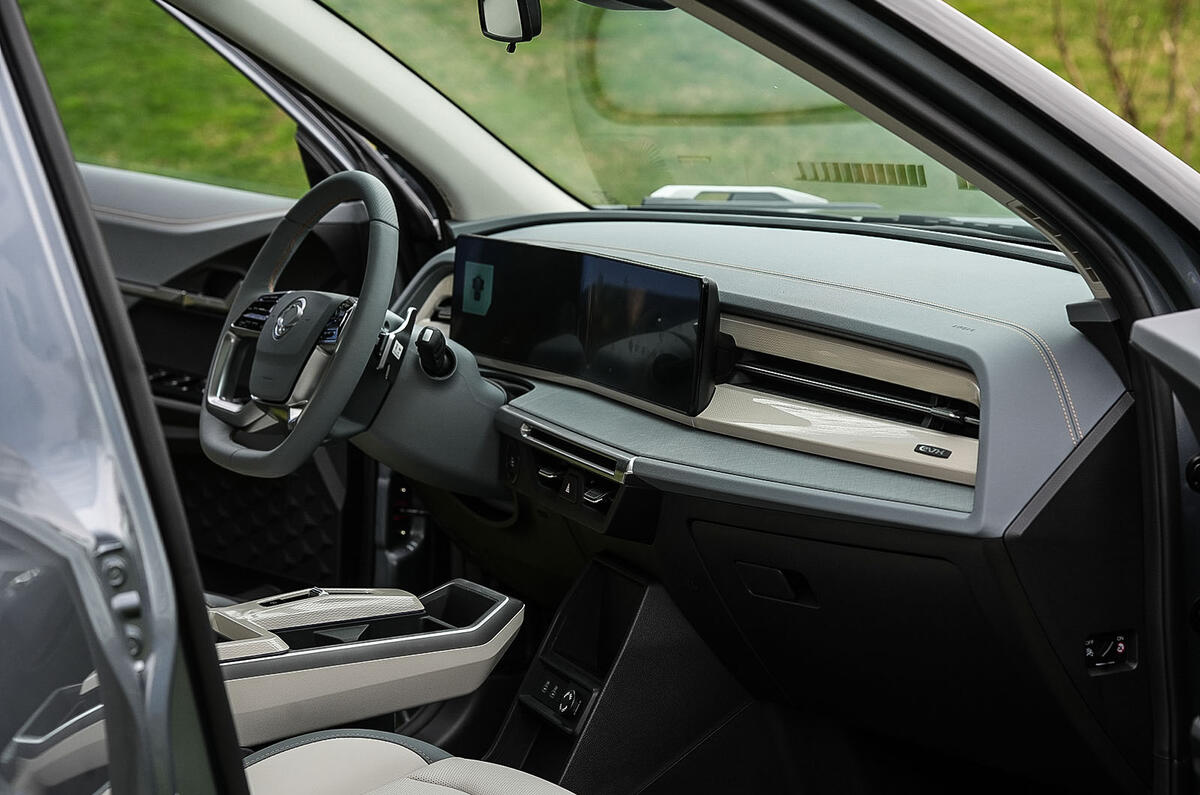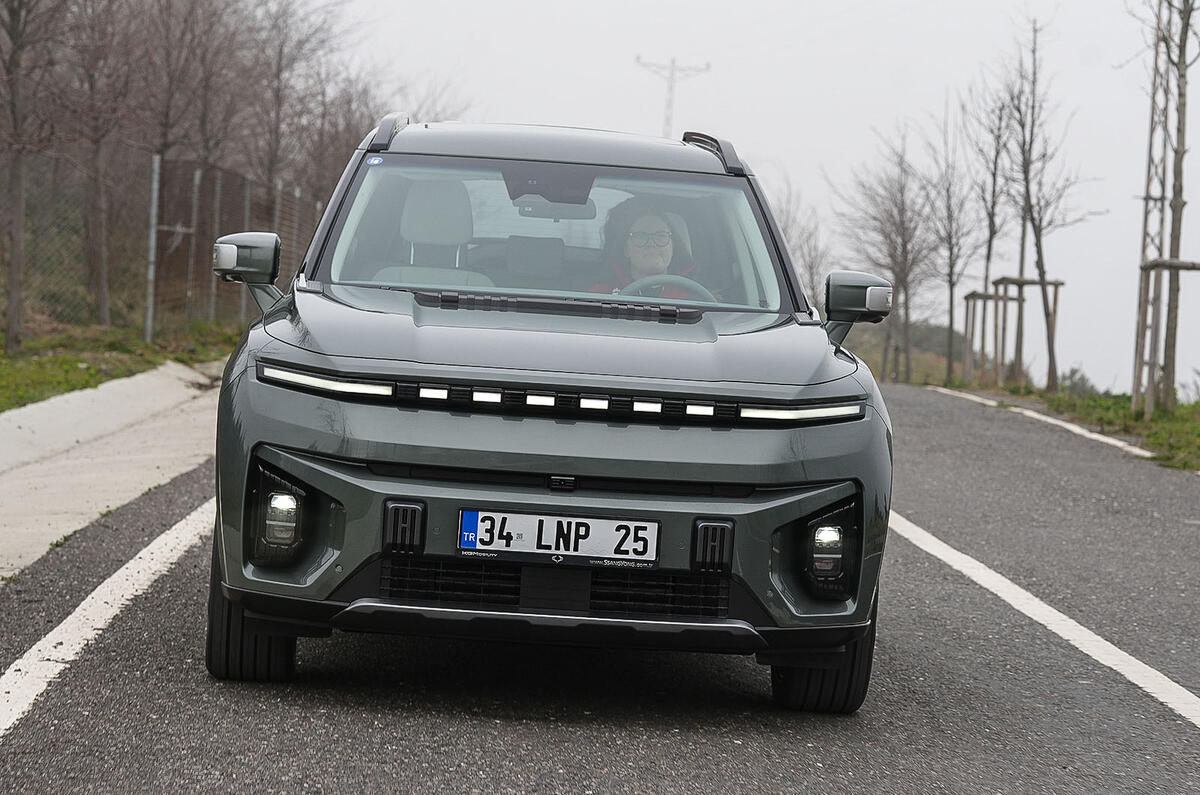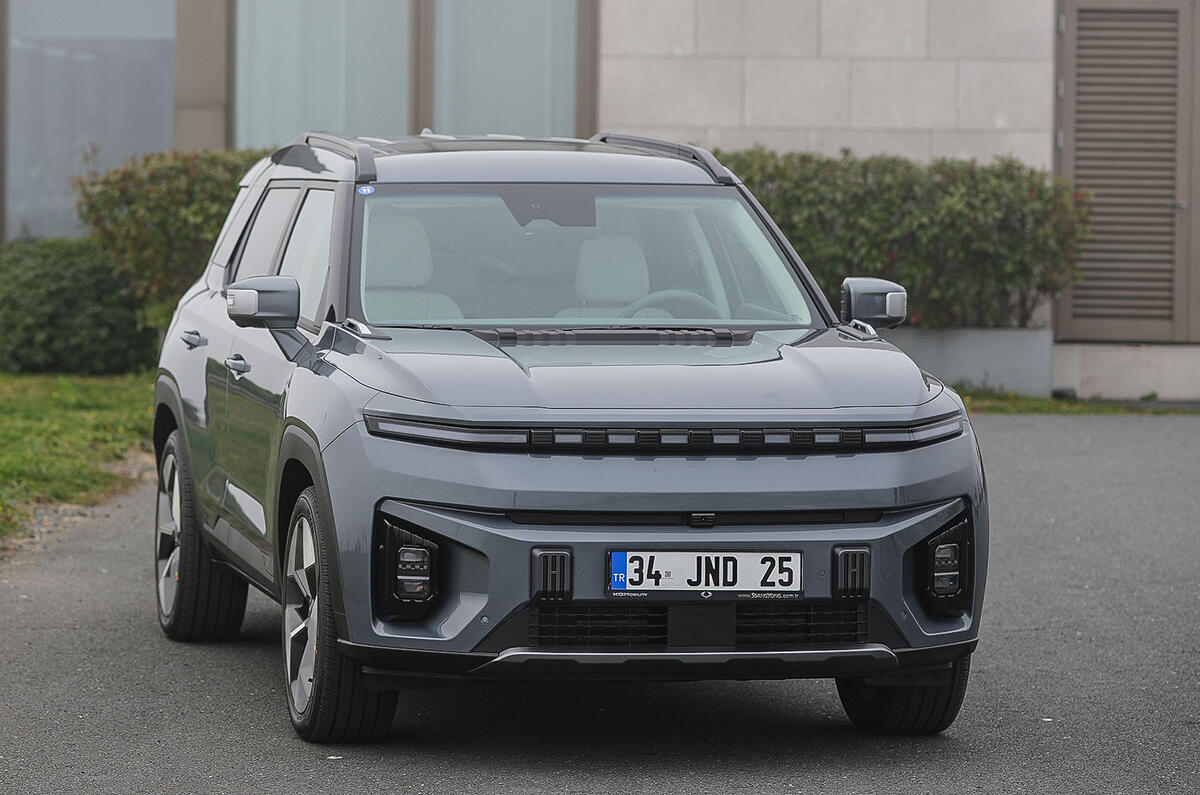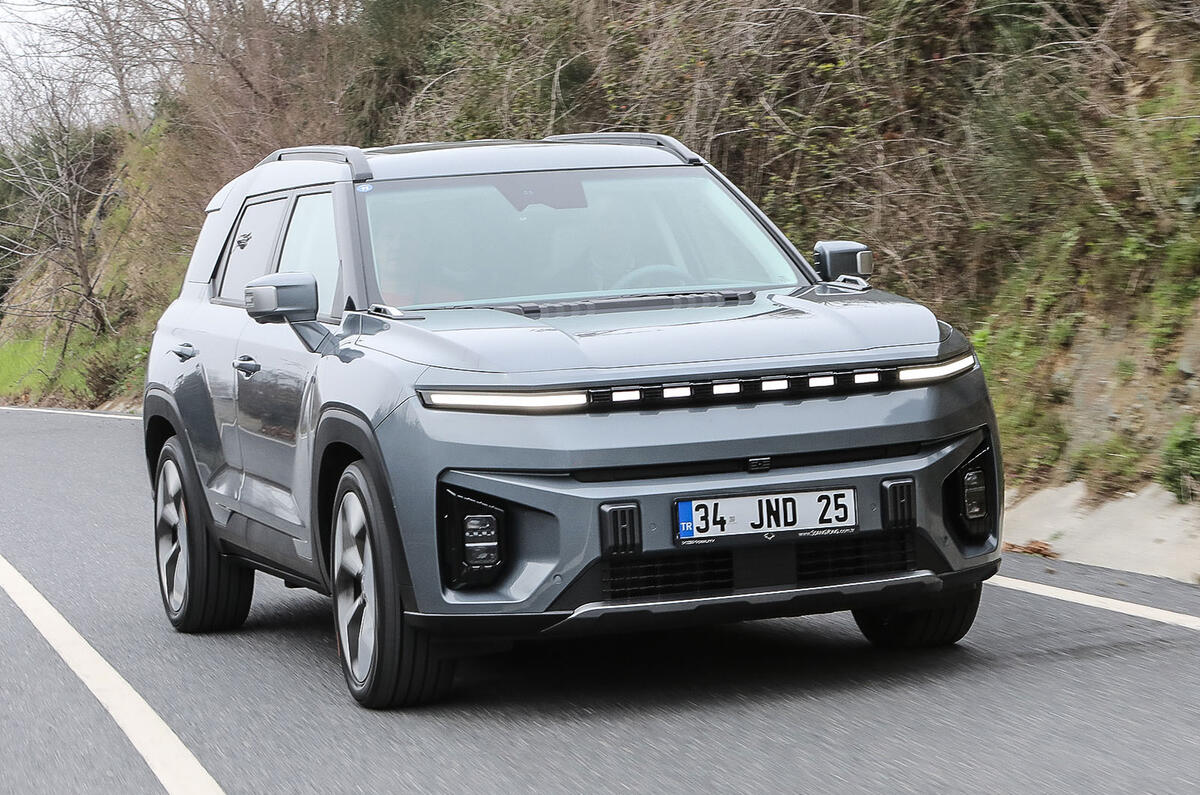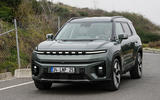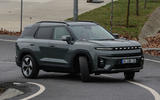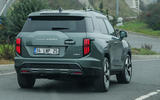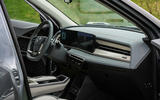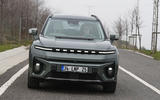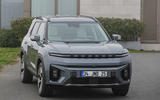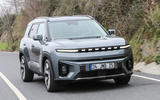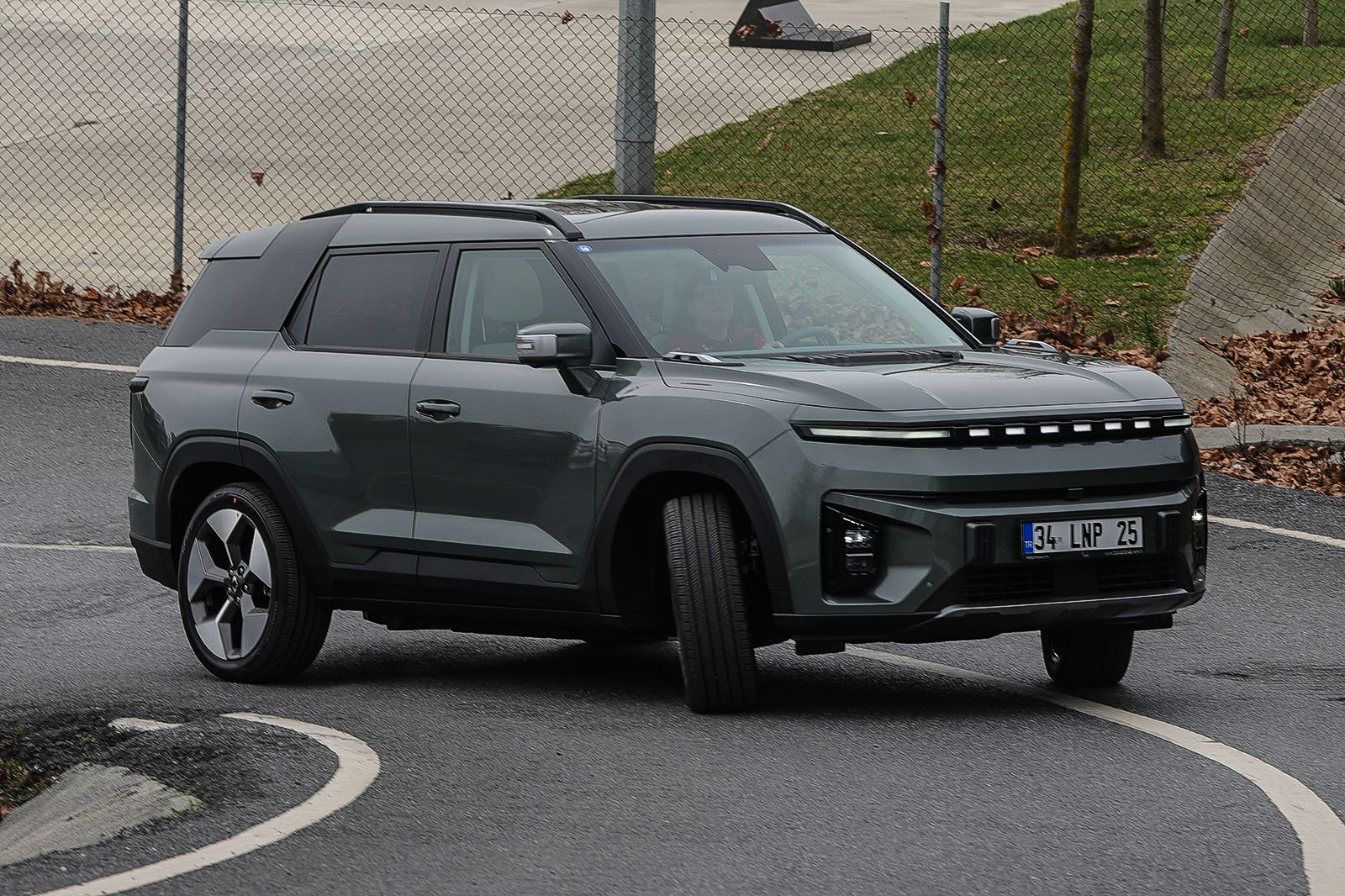BYD, Fisker, Nio, IM, Omoda, Jaecoo, Seres, Skywell, Lucid, Ora… How many more new brands can the UK car market take before it bursts at the seams?
And now there's another: KGM. But at least this is something of a known entity, having sold cars here for two decades in its previous life as Ssangyong. The company's new owners, though – while keen to leverage the value-focused SUV heritage of its predecessor – are keen to kick the brand firmly into the mainstream, with an ambitious ploy to nearly triple its global volumes to 320,000 in 2026.
In line with that pledge, it is introducing a whole new range of chunky, 4x4-flavoured SUVs – in varying shapes and sizes – with a view to substantially broadening its market reach and injecting some panache and desirability into its cars.
It all begins with the KGM Torres, a 4700mm-long family SUV that sits roughly between the Korando and Rexton, which both remain on sale with Ssangyong badges until their KGM-engineered replacements arrive. We've driven it with a 1.5-litre petrol engine, and now it's the turn of the electric EVX, which goes after the Skoda Enyaq, Volkswagen ID 4, Ford Explorer et al with a front-mounted motor and 73.4kWh battery supplied by KGM's new technical partner, BYD.
New KGM Torres EVX cars in stock



